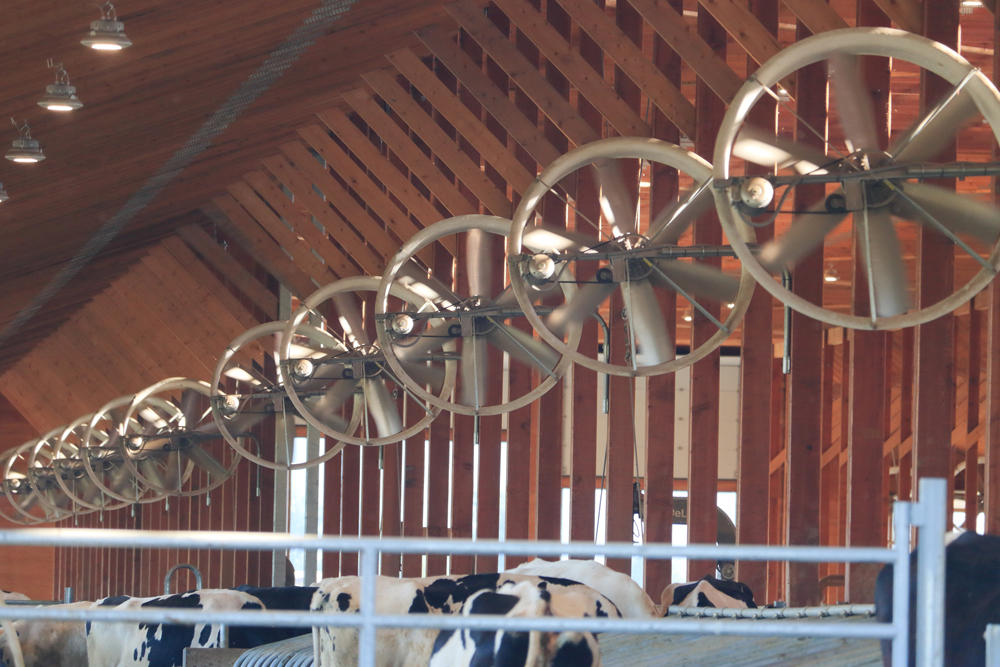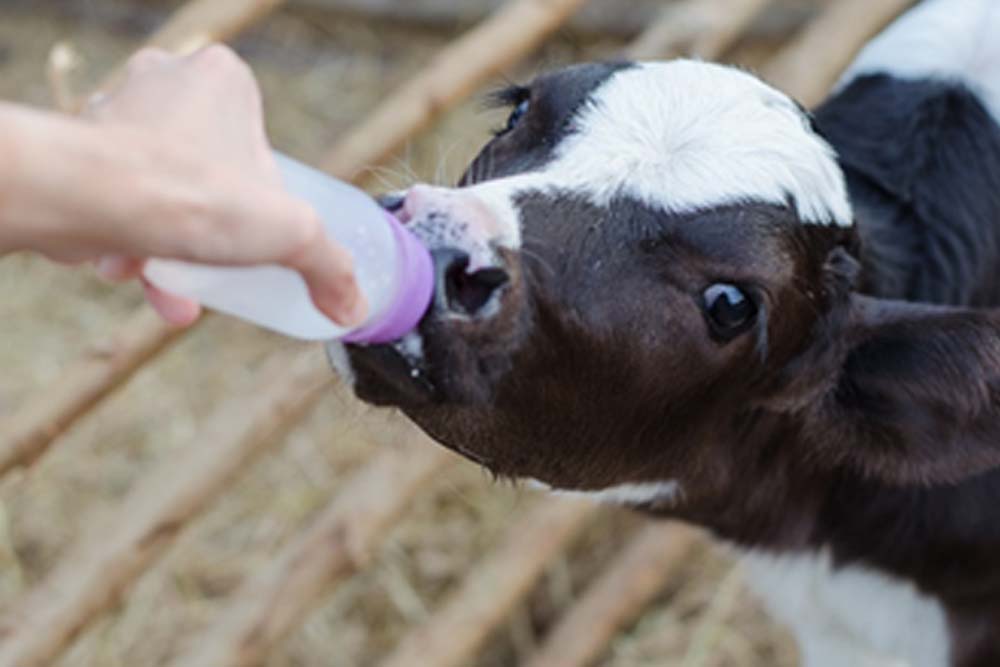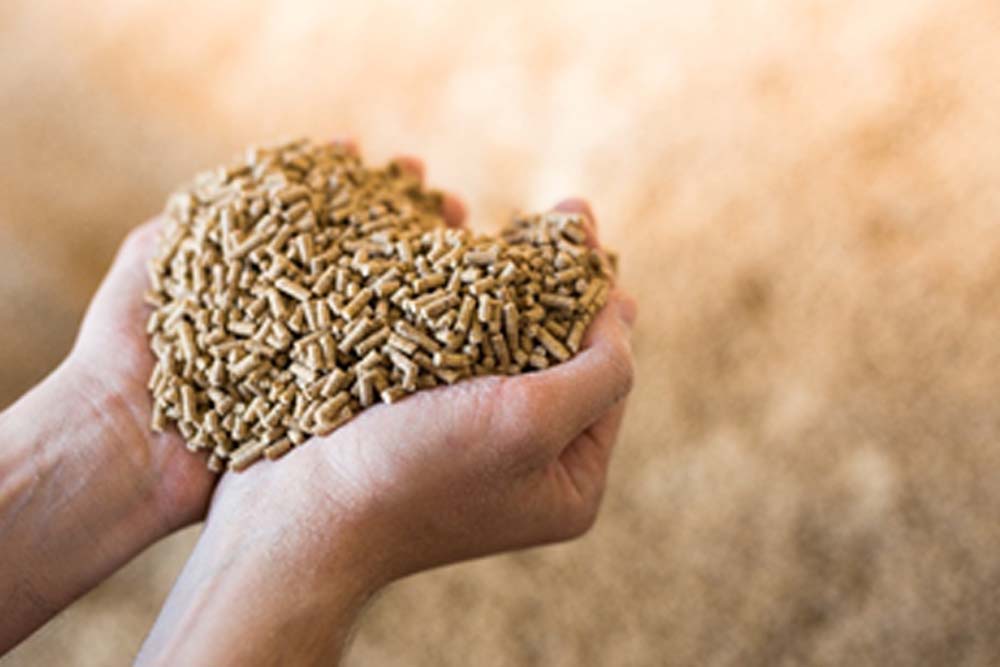WHAT ARE CALF HEAT STRESS CHALLENGES AND HOW TO BEAT THEM?

As summer temperatures rise, dairy cows are at greater risk of heat stress. Heat-fed dairy cows suffer from a decrease in dry matter, which leads to a reduction in milk production. Farmers may also experience a decrease in fertility or miscarriage as well as an increase in metabolic disorders and obesity. Fighting heat stress in the herd requires an application to prevent heat stress and to deal with heat-related problems. Hot weather can cause damage to young calves. When temperatures rise above 78 degrees F, the calf’s respiratory rate rises, which can lead to dehydration, reduced diet, weakened immune system, heat stress, calf cough and other calf health problems. Cattle aim to maintain their internal core body temperature within a narrow range. To regulate body temperature, they exchange heat with their environments, both gaining and losing heat. The air temperature and relative humidity surrounding the animals are important factors affecting cows’ ability to lose heat.
- Feed a full capacity food plan of 2.5 pounds of milk solids in 8-12 quarts of milk or calf milk replacer consistent with day. Take into account adding a 3rd feeding as a smooth manner to increase calf nutrition levels without growing volume at each feeding. Research suggests calves fed three times a day have most useful growth, better feed performance and consume extra starter earlier than weaning.
- Cleansing and sanitizing feed equipment will assist hold micro organism populations down and also will help with fly control. Clean and sanitize pails, bottles, nipples and different blending and feeding gadget after every feeding. Empty and clean water and starter pails as a minimum twice an afternoon. Keep bedding sparkling and offer adequate drainage, specifically round feeding and water regions.

- Supplying loose-preference calf electrolytes at some stage in excessive temperatures is a high-quality way to boom fluids, improve hydration and assist prevent calf scours. Blend calf electrolytes with water and feed after each, or each different, milk or calf milk replacer feeding. By no means blend electrolyte powder with milk or milk replacer. Calf electrolytes aren’t a replacement for water. Provide water unfastened-preference daily. Empty and fill up water pails as a minimum twice a day to preserve water clean. Switching to 5-gallon pails or adding a further water supply for organization-housed calves can assist boom consuming. Water high-quality is also crucial. Take a look at water fine at the least twice a year to make sure it’s low in sodium (<50 ppm), iron and different minerals.

- Feed a calf milk replacer and starter that includes a feed via larvicide or complement with a fly manipulate additive. Start feeding a fly manage product 30 days before flies begin performing to help lessen fly populations and prevent disease spread. Continue feeding all through the summer and fall till 30 days after the first frost. Four compare areas surrounding your calves to pick out and cope with other capability fly warm spots (e.g., tall grass, proximity to lactating herd, spoiled feed, and manure garage).
- Lowering the fats stage in calf milk replacer can assist force starter intakes. However opposite of popular belief, low fat doesn’t identical low electricity. A 100 percent increase in fats on my own in the weight loss plan may also handiest yield a 12 percent growth in energy. As an alternative, a 50 percentage growth in calf milk replacer powder with balanced fat and carbohydrates can generate a 50 percentage growth in power.
- It’s all approximately balancing fats and protein to provide calves with the power wanted for respiration and cooling in heat climate whilst encouraging calf starter feed consumption. Pick out a milk replacer designed for hot temperatures to provide balanced nutrients and help calves eat greater starter.
- When it comes to housing and air flow, shade, cleanliness, and airflow, those should all be a priority. If calves are in hutches, the hutches have to face closer to the East with all vents open at some stage in the summer season months. You must recall elevated hutches, to enhance air movement. Growing ventilation in heifer barns can also be useful. It’s vital to hold airflow shifting. Whether or not it’s including greater lovers or using a fine strain tube air flow device, calves need to be stored cool.

- One strategy is to use mechanical cooling by providing fans and soakers in areas where cows congregate.
- Warmth stress may have a devastating effect in your animals, and now not just the ones lactating. Between calves, dry cows, and milking cows, implement a whole-herd process for decreasing the effect of warmth stress, supporting your herd stay satisfied, wholesome, and productive.
- The three most essential nutrients for calf growth and development are water, energy and protein. Fiber, minerals and vitamins are also needed, but play a smaller role. For the rumen to develop, it is essential that calves consume a highly palatable source of solid Dasan feed that is Dasan calf starter # 20.

